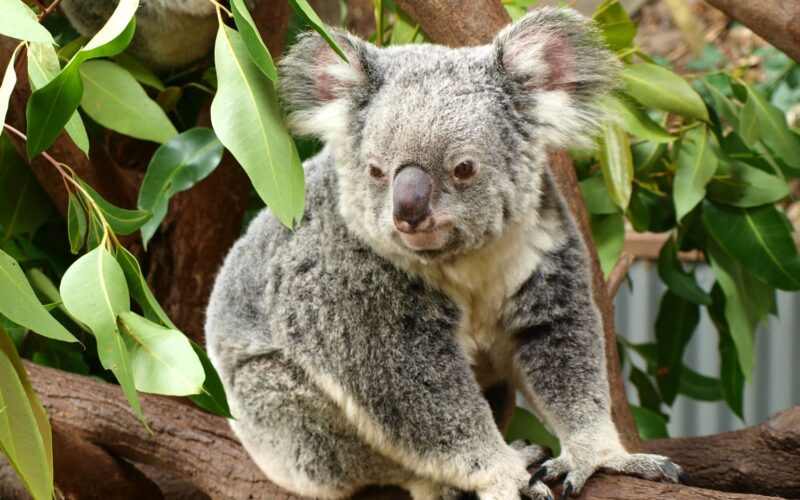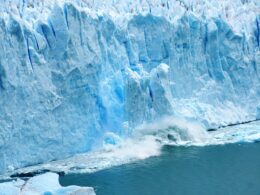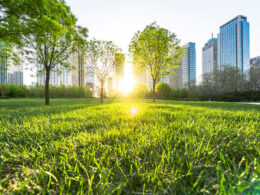Save the koalas! The scientific report “Comprehensive assessment of the state of our environment” released by Australia mentioned that climate change has caused environmental changes and ecological problems. It also exacerbated the survival crisis of koalas.
Taipei, Taiwan (Business Northeast) – Disasters brought about by ecological changes make it harder for animals to survive. The Australian government recently released the “Comprehensive assessment of the state of our environment” scientific report, which mentioned that climate change has caused environmental changes and caused various ecological problems. Due to global warming, human activities, wildfires, and droughts, endemic native animals and plants of Australia have rapidly reduced and destroyed their habitats, and are facing a serious survival crisis. Rachel Lowry, acting chief executive of WWF-Australia, called on everyone to pay attention to the realities mentioned in this report, otherwise, in our lifetime we will see the koala, a species endemic to eastern Australia, or the greater glider disappear forever.
It can be seen from the report that the ocean and land have suffered extensive and severe damage, and the average land temperature in Australia has risen by 1.4 degrees Celsius due to global warming. The “Black Summer” bushfires in 2019 and 2020 destroyed more than 8 million hectares of native vegetation in Australia and left between 1 billion and 3 billion animals homeless or dead. Since the 1990s, more than one million hectares of virgin forests have been destroyed by human logging. About the ocean damage was the massive bleaching of corals in the Great Barrier Reef due to marine heatwaves in 2016, 2017, 2020, and this March.
Under the pressure of natural and man-made disasters in the past five years, the Australian Environmental Protection Act has added more than 200 important threatened species. New species facing serious threats increased by 8 percent and mammals declined more than in Europe and Asia. With the rapid development of the city, the problems of heat, garbage, and pollution are becoming more and more serious. There are warning signs of insufficient water and various energy sources. These all show that Australia is facing an ecological crisis.
The koala is a marsupial endemic to Australia, living mainly in the Eucalyptus forests of Queensland, South Australia, New South Wales, and Victoria. It was listed as Vulnerable Species (VU) in 2012, and now the protection level has been upgraded to Endangered species (EU). The data shows that the number of koalas has decreased from 185,000 in 2001 to 92,000 in 2021, leaving about half of the population, especially declining rapidly in these three years.
Biologists have discussed the decline in koala populations due to habitat loss caused by forest fires and human development, as well as infectious diseases and heat waves that also cause koalas to get sick or die. The Australian Koala Foundation is calling on everyone to act now or we will see no koalas in NSW by 2050. The Australian government has also increased its budget for a koala recovery program.
Koalas have long been at risk of chlamydia infection, which causes cysts in their reproductive tracts, let them infertility or death, and the potential for blindness. The antibiotic treatment destroys their gut flora, making them unable to digest eucalyptus leaves, which means they will starve to death after treatment. The rate at which chlamydia is spreading is very rapid. Mark Krockenberger, professor of veterinary pathology at the University of Sydney, mentioned that the infection rate of chlamydia in koalas had risen to 60 percent in 2015, and now as high as 85 percent of koalas have been infected. Female koalas become infertile within a year of chlamydia infection, making it harder to reproduce.
From the severe chlamydia infection problem to habitat loss due to natural and man-made disasters, coupled with climate change resulting in insufficient water and eucalyptus nutrition, as well as road kills and dog bites, the survival situation of the koalas is tough. The forest fire from 2019 to 2020 killed 5,000 koalas and destroyed 24% of the koala habitat. It is estimated that more than 60,000 koalas were injured, killed, or homeless in the fire which let their situation worst.
Peter Timms, a professor of microbiology at the University of Sunshine Coast, found that climate change and habitat issues could raise stress hormones in koalas. Chronic stress can cause their immunity to weaken, making the chlamydia infection worse. At present, it is hoped that injecting the chlamydia vaccine in the third phase of the experiment to reduce the chance of bacterial transfer and infection, to maintain the survival and reproduction of koalas.
Local research institutes and non-profit organizations in Australia such as the University of Queensland, WWF-Australia, and The Australian Koala Foundation have all called for the government to take more active actions to improve the survival situation and disease problems of koalas. Otherwise, the koala will become extinct within three generations, and we will witness the disappearance of this precious and lovable animal in our generation in the future.










